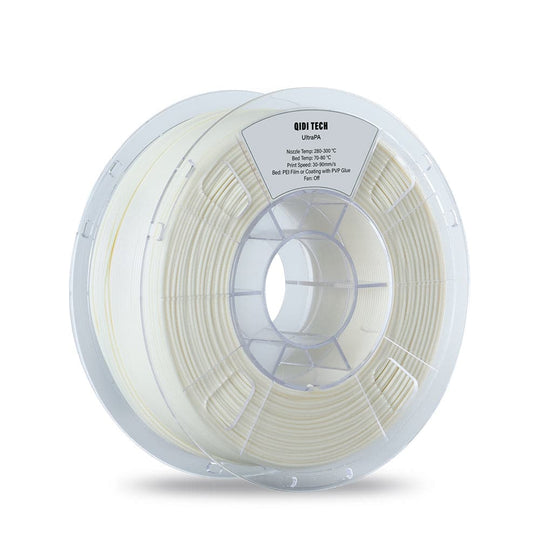In recent years, the world of 3D printing has undergone a remarkable transformation, primarily driven by advancements in filament technology. This evolution has not only enhanced the quality of printed objects but has also expanded the range of applications for 3D printing. But what exactly is filament, and how has it changed the landscape of additive manufacturing?

Understanding Filament in 3D Printing
Filament serves as the primary material used in most 3D printers, particularly those employing the Fused Deposition Modeling (FDM) method. Typically made from thermoplastics, filament comes in various types, each with unique properties. The most common types include:
- PLA (Polylactic Acid): Biodegradable and easy to print, making it ideal for beginners.
- ABS (Acrylonitrile Butadiene Styrene): Known for its strength and durability, suitable for functional parts.
- PETG (Polyethylene Terephthalate Glycol): Offers a balance of flexibility and strength, resistant to impact.
- Nylon: Highly durable and flexible, perfect for functional prototypes.
Each type of filament has its own set of characteristics, which can significantly influence the outcome of a 3D print. Understanding these differences is crucial for selecting the right material for your project.
The Impact of Filament Technology on 3D Printing
The advancements in filament technology have led to several key improvements in the 3D printing process:
- Enhanced Print Quality: Modern filaments are engineered for better flow and adhesion, resulting in smoother finishes and more precise details.
- Increased Material Variety: The introduction of specialty filaments, such as flexible, composite, and even metal-infused options, has broadened the scope of what can be printed.
- Improved Sustainability: With the rise of biodegradable filaments, the environmental impact of 3D printing is being addressed more effectively.
As a result, industries ranging from healthcare to aerospace are increasingly adopting 3D printing technologies, leveraging the unique properties of various filaments to create innovative solutions.
Choosing the Right Filament for Your Project
When selecting a filament, consider the following factors:
- Application: What will the printed object be used for? Functional parts may require stronger materials like ABS or Nylon.
- Printer Compatibility: Ensure that your 3D printer can handle the specific type of filament you choose.
- Print Environment: Some filaments require specific temperatures or conditions to print effectively.
For those looking to explore a wide range of high-quality filaments, consider visiting for an extensive selection.
The Future of Filament Technology
As technology continues to advance, the future of filament in 3D printing looks promising. Innovations such as smart filaments that can change properties based on environmental conditions are on the horizon. This could lead to even more versatile applications, pushing the boundaries of what is possible in additive manufacturing.
In conclusion, the evolution of filament technology has significantly impacted the 3D printing landscape. By understanding the various types of filament and their applications, users can make informed decisions that enhance their printing experience and outcomes.








